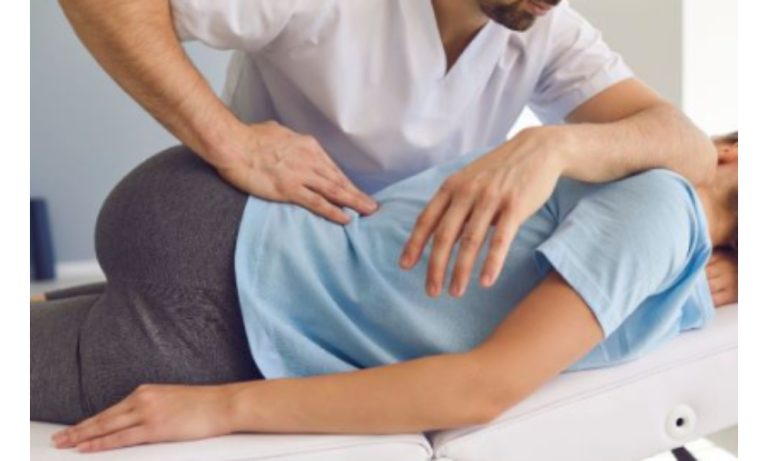
Knee and Shoulder Pain Solutions Through Modern Joint Restoration
Knee and shoulder pain are among the most common complaints for people of all ages. Whether the cause is sports injuries, arthritis, or wear and tear from daily activities, these issues can drastically affect mobility, strength, and overall quality of life. Fortunately, advancements in modern joint restoration provide effective solutions that go beyond temporary relief, focusing instead on long-term recovery and improved function.
Understanding the Root of Joint Pain
Knee and shoulder joints are complex structures composed of bones, cartilage, tendons, ligaments, and muscles. When one part of the joint is damaged or inflamed, it often triggers a cycle of pain, swelling, and limited movement. Common causes include:
- Knee pain: Arthritis, ligament tears (like ACL or MCL), meniscus injuries, and cartilage degeneration.
- Shoulder pain: Rotator cuff injuries, labral tears, tendonitis, dislocations, or arthritis.
Early diagnosis through imaging and physical examination is critical to determine the best restoration approach.
Modern Joint Restoration Options
1. Minimally Invasive Arthroscopy
Arthroscopic surgery allows surgeons to diagnose and repair damage using small incisions and specialized cameras. This method reduces recovery time, minimizes scarring, and helps patients return to normal activity faster than traditional open surgery.
2. Biologic Therapies
Regenerative medicine, such as platelet-rich plasma (PRP) and stem cell therapy, is transforming joint restoration. These treatments use the body’s natural healing mechanisms to repair damaged tissues, reduce inflammation, and promote long-term joint health.
3. Cartilage Restoration Techniques
For younger, active individuals, cartilage restoration procedures can repair or replace damaged cartilage, delaying or avoiding the need for joint replacement. Techniques like microfracture surgery, osteochondral grafting, or autologous chondrocyte implantation (ACI) are often used.
4. Joint Replacement Innovations
When damage is severe, partial or total joint replacement may be recommended. Modern implants are designed to mimic natural movement and last longer, while robotic-assisted surgery allows for precision placement, enhancing outcomes and reducing recovery time.
5. Physical Therapy and Rehabilitation
No joint restoration treatment is complete without structured rehabilitation. Strength training, mobility exercises, and posture correction help restore function, prevent future injury, and optimize surgical outcomes.
Benefits of Modern Joint Restoration
- Reduced pain and swelling
- Faster recovery times compared to traditional methods
- Improved mobility and strength
- Long-term joint preservation through biologic and regenerative techniques
- Enhanced quality of life by allowing patients to return to work, sports, or daily routines without constant discomfort
Choosing the Right Path Forward
The right solution depends on the individual’s age, activity level, and extent of joint damage. A consultation with an orthopedic specialist helps create a personalized treatment plan that combines medical innovation with patient goals.
This post was written by a professional at Dvida Medical Spa. Dvida Med Spa in Cary, NC, is your premier destination for top-tier stem cell clinic Cary NC and advanced laser treatments. As the best med spa in the area, we pride ourselves on delivering exceptional care and customized beauty solutions to help you achieve your desired look.


















